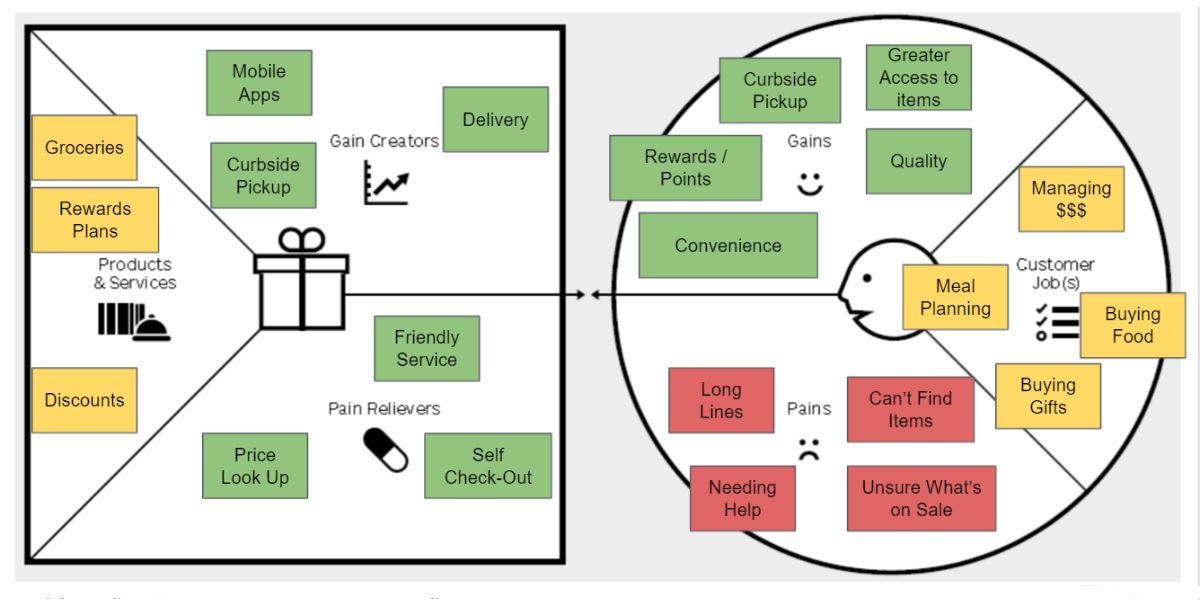The Importance of a Strong Marketing Value Proposition
The Value Proposition: Essential for Success
A compelling value proposition is the cornerstone of successful marketing and business strategies. It succinctly communicates the unique benefits and advantages a product or service offers to customers, distinguishing it from competitors. The importance of crafting and refining a value proposition cannot be overstated, as it directly influences a company’s ability to attract and retain customers.
Note:
This article features content from the Marketing Made Clear podcast. You can listen along to this episode on Spotify:
Understanding Value Proposition Design
One highly recommended resource on this topic is the book “Value Proposition Design,” part of the Strategyzer series by Alexander Osterwalder and his colleagues. This series is renowned for its clear, visually engaging layout, making it particularly accessible for individuals with dyslexia or those who prefer visual learning.
The book outlines a comprehensive process for developing a value proposition, divided into four stages:
- Canvas
- Design
- Test
- Evolve
The Four Stages of Value Proposition Development
1. Canvas
This initial stage involves creating a value proposition canvas to map out and understand the key elements that will form the foundation of your proposition. This visual tool helps in identifying customer needs, pain points, and the unique benefits your product can offer.
2. Design
In the design phase, you develop and refine your value proposition based on the insights gained from the canvas. This stage emphasises creativity and innovation, ensuring your proposition aligns with customer demands.
3. Test
Testing is crucial to validate your value proposition. This involves gathering feedback from real customers and making necessary adjustments to ensure the proposition resonates with the target audience.
4. Evolve
The evolution stage focuses on continuous improvement. As market conditions and customer preferences change, your value proposition should adapt accordingly. This dynamic approach ensures your proposition remains relevant and effective.
The Non-Linear Nature of Value Proposition Creation
The process of developing a value proposition is not strictly linear. It often involves revisiting and refining each stage multiple times. This iterative approach may feel like going in circles, but it is essential for creating a proposition that truly meets customer needs.

The Two Periods of Value Proposition Design
Despite its non-linear nature, value proposition design can be categorised into two main periods:
1. Invention
This period involves brainstorming and conceptualising new value propositions. It’s a creative phase where you explore various ideas and refine them to ensure they align with customer wants and needs.
2. Improvement
In this period, the focus shifts to managing, measuring, challenging, improving, and renewing existing value propositions. The goal is to keep the proposition relevant and competitive in a constantly changing market.
The Essence of a Value Proposition
A strong value proposition must offer something unique or perceived as unique. Without a distinct advantage, customers have no compelling reason to choose your product over others. This uniqueness can be a significant benefit or feature that sets your product apart from competitors.
Challenges of “Me Too” Companies
Companies that simply replicate the value propositions of market leaders often struggle. These “me too” companies are at the mercy of the leaders they imitate, lacking control over their own market destiny. Historical examples, like the surge of Liverpool bands in the 60s following The Beatles, illustrate how imitation without uniqueness often leads to lesser success.
Consistency in Delivering the Value Proposition
It’s crucial to ensure that your value proposition is something you can consistently deliver. Emphasising a benefit that you cannot sustain puts your reputation and customer trust at risk. For instance, if you claim to have the fastest car but cannot maintain this advantage, you lose credibility.
Crafting a Unique Value Proposition Statement
A unique value proposition (UVP) is typically articulated in a concise statement that highlights the unique benefit or advantage of your product. A memorable tagline often forms part of a successful UVP, making it easy for customers to recall and connect with your brand.
Conclusion
A well-crafted value proposition is vital for differentiating your brand and resonating with customers. By following a structured yet flexible approach to design, and continuously refining your proposition, you can maintain a competitive edge and foster long-term customer loyalty. For those looking to dive deeper into this topic, “Value Proposition Design” by Osterwalder and his team is an invaluable resource, offering practical tools and insights to master the art of value proposition creation.
Up Next:
Examples of Value Propositions


